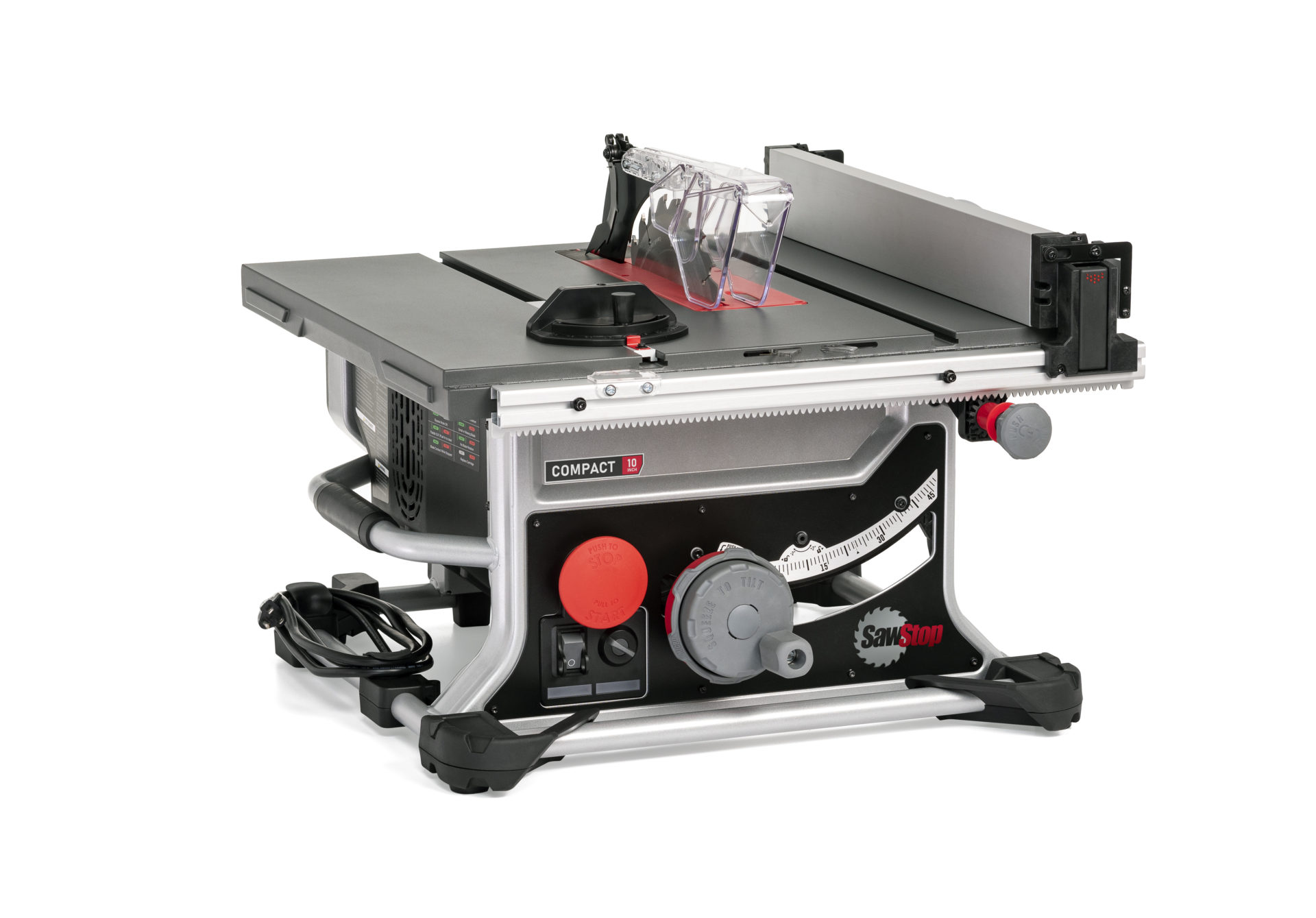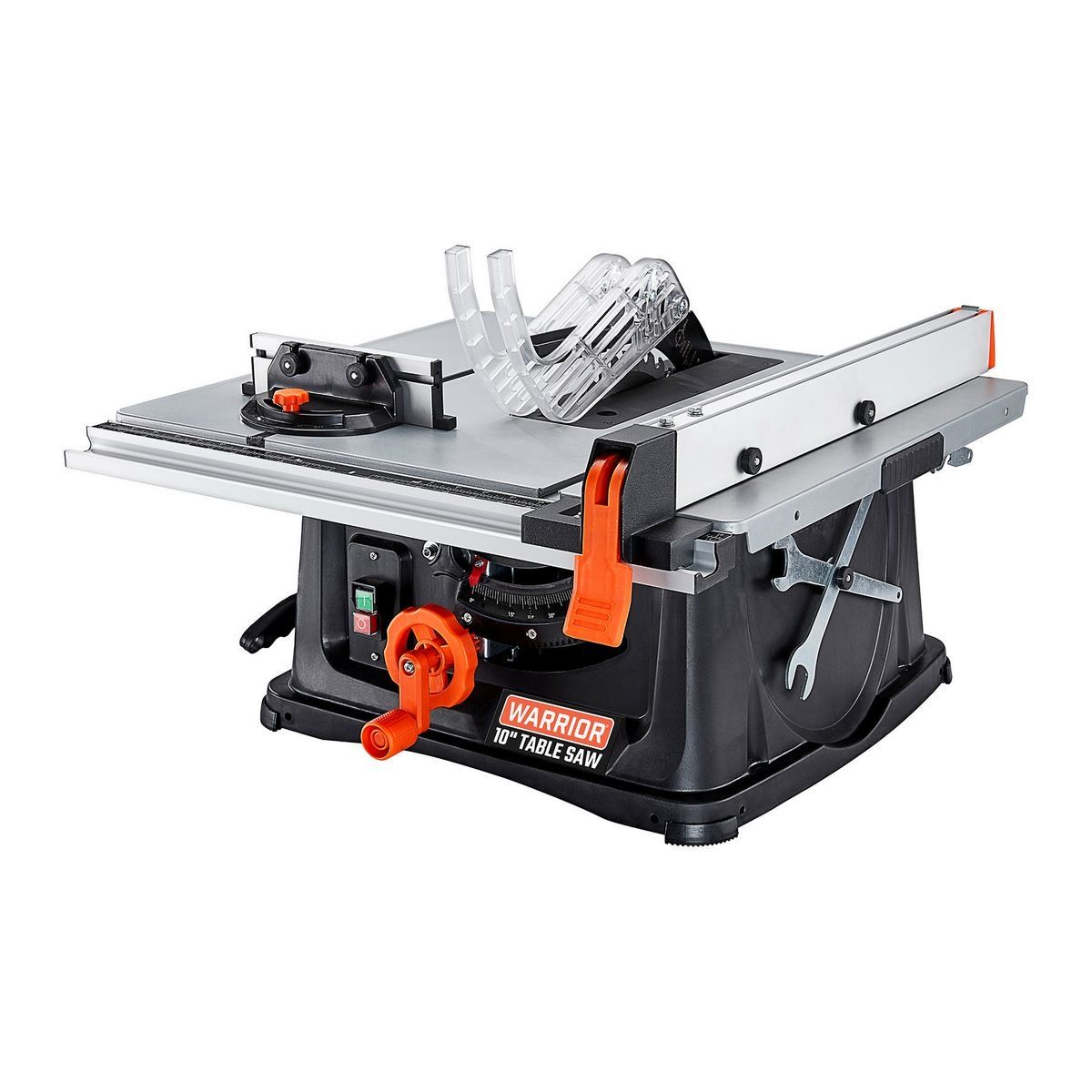The best practices for storing a table saw include cleaning the saw, securing the blade, covering the machine, and storing it in a dry, safe location. Proper storage of a table saw is essential to maintain its longevity and ensure safe usage.
By following these best practices, you can protect the saw from dust, moisture, and potential damage. Cleaning the saw after use will prevent dust buildup and ensure optimal performance. Securing the blade with a blade guard or removing it entirely will prevent accidents and keep the blade in good condition.
Covering the machine with a protective cover or tarp will shield it from dust and moisture. Finally, storing the table saw in a dry and safe location, such as a garage or dedicated shed, will further protect it from potential damage.
Organize Your Workspace
Table of Contents
To organize your workspace for efficient table saw storage, make sure to store the accessories separately. Use labeled storage bins for blades, guards, and push sticks, ensuring easy access. Arrange your materials and tools in a logical way to optimize efficiency.
Implement a designated storage system specifically for lumber and other materials. Additionally, consider utilizing wall-mounted storage solutions for tools you frequently use. By following these best practices, you can create an organized and functional workspace that maximizes productivity.
Secure Your Table Saw
Invest in a sturdy table saw stand with locking wheels for mobility and stability. Make sure the stand provides a secure surface for the table saw. Utilize safety locks and devices to maintain control over your equipment. Install a lock on the power switch to prevent unauthorized use.
Additionally, use a blade guard to protect against accidental contact. By following these guidelines, you can secure your table saw and ensure a safe working environment.
Optimize Space With Creative Solutions
Storing a table saw efficiently can optimize space in your workshop. One creative solution is to utilize vertical storage options. You can install hooks or pegboards on the wall to hang accessories and free up floor space. Vertical tool cabinets are another great option for saving space.
Don’t limit yourself to traditional storage locations; explore alternative areas for storing your table saw. Consider utilizing a shelf or cabinet when the saw is not in use. Don’t overlook underutilized spaces, such as corners or the ceiling, as potential storage areas.
By following these best practices, you can keep your table saw organized while maximizing the space in your workshop.

Credit: www.sawstop.com
Frequently Asked Questions Of “Best Practices For Storing Table Saw”
How Do You Store Saws In A Garage?
Store saws in a garage by hanging them on a wall or using a pegboard for easy access and organization.
How Do I Store Large Saws In My Garage?
To store large saws in your garage, follow these steps: 1. Choose a designated area in your garage for storing the saws. 2. Install a sturdy wall-mounted or freestanding storage rack to hang the saws securely. 3. Prioritize safety by ensuring the saws are properly covered or sheathed to prevent accidents.
4. Keep the saw blades sharp and clean, and regularly inspect for any damage or wear.
How Do You Winterize A Table Saw?
To winterize a table saw: 1. Clean the table saw thoroughly by removing dust and debris to prevent rust and damage. 2. Apply lubricating oil to all moving parts of the table saw to prevent them from seizing up during winter.
3. Store the table saw in a dry and climate-controlled area to protect it from extreme temperatures and humidity. 4. Cover the table saw with a waterproof cover to keep it safe from moisture and dust when not in use.
Conclusion
Following these best practices for storing your table saw will ensure its longevity and keep it in optimal condition. By cleaning and maintaining your saw regularly, you can prevent dust and debris from accumulating and causing damage. Storing the saw in a clean, dry, and climate-controlled environment will further protect it from rust and warping.
Utilizing proper storage accessories such as blade covers and sturdy stands or cabinets will also safeguard the saw from accidental bumps or falls. In addition, proper storage techniques such as securing the blade and engaging safety features will help prevent injuries and accidents.
Remember, investing time and effort in appropriately storing your table saw will ultimately save you money by avoiding costly repairs or replacements. Take care of your valuable tool, and it will serve you well for years to come.
- 12 Inch Wood Planer: Smooth Your Woodworking Projects Like a Pro - 01/10/2023
- Table Saw Blade: Unleash the Cutting Power - 22/09/2023
- Vintage Table Saw: Uncover the Unparalleled Power - 22/09/2023
